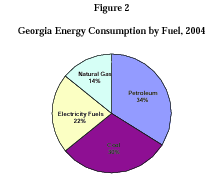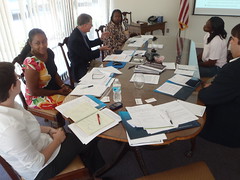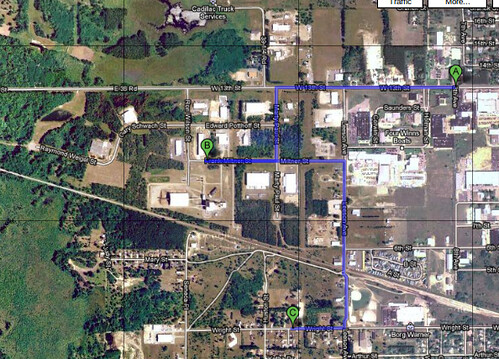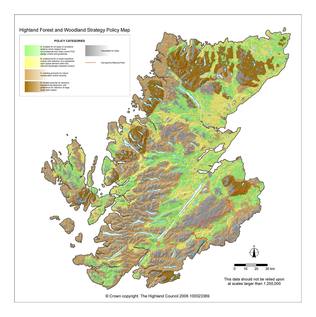-jsq
From: “John S. Quarterman”Continue reading
To: <blofton@industrialauthority.com>, Leigh Touchton
Cc: [VDT and several elected officials; list available upon request]
Subject: Re: Brad Lofton, Executive Director Industrial Authority, doesn’t want his correpondence in the Valdosta Daily Times
Date: Wed, 22 Sep 2010 14:08:17 -0400Brad Lofton,
Leigh Touchton has forwarded me copies of the correspondence between you on behalf of the Valdosta-Lowndes County Industrial Authority (VLCIA) with her and the VDT.
I must say I don’t agree with your assertion that:
“The vast majority of her concerns for our project would have been answered two years ago if she had come to any of our forums…”Here are some examples of unanswered concerns.





